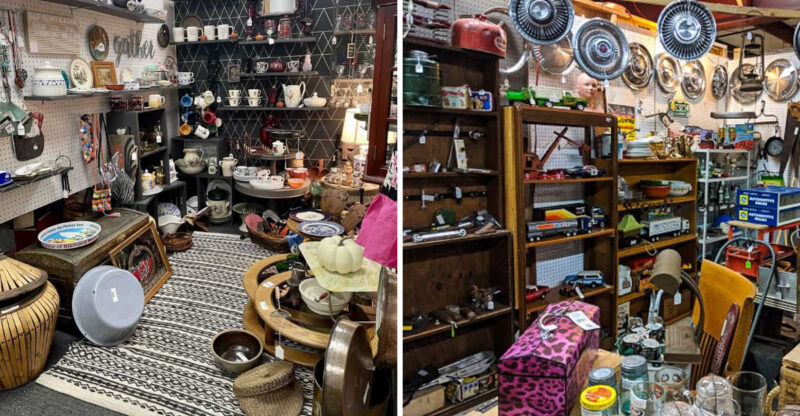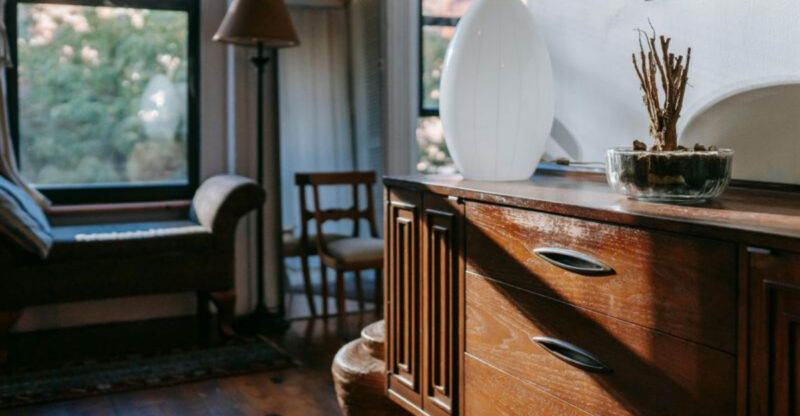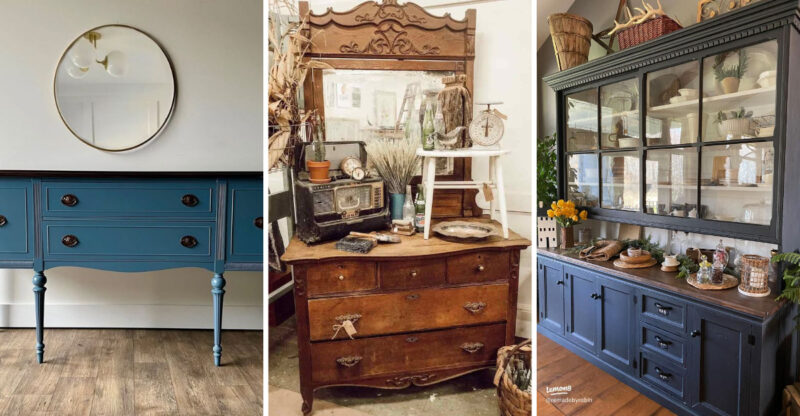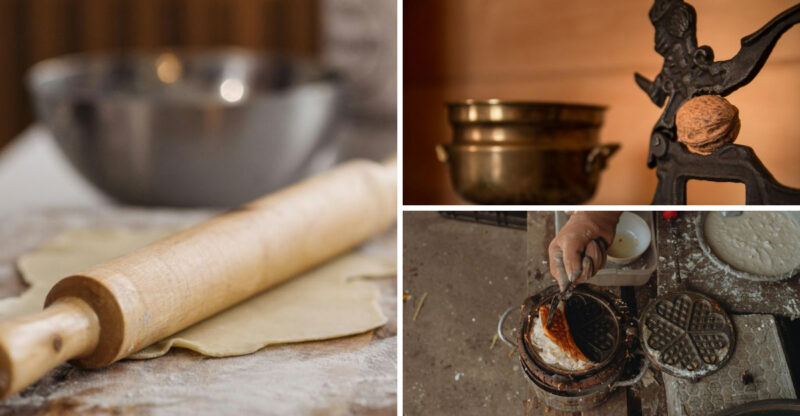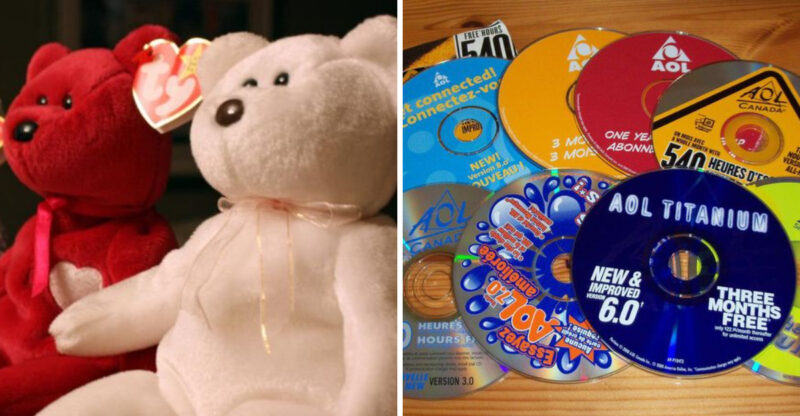Pennsylvania Collectors Highlight 7 Future-Worthy Finds And 6 To Leave Behind
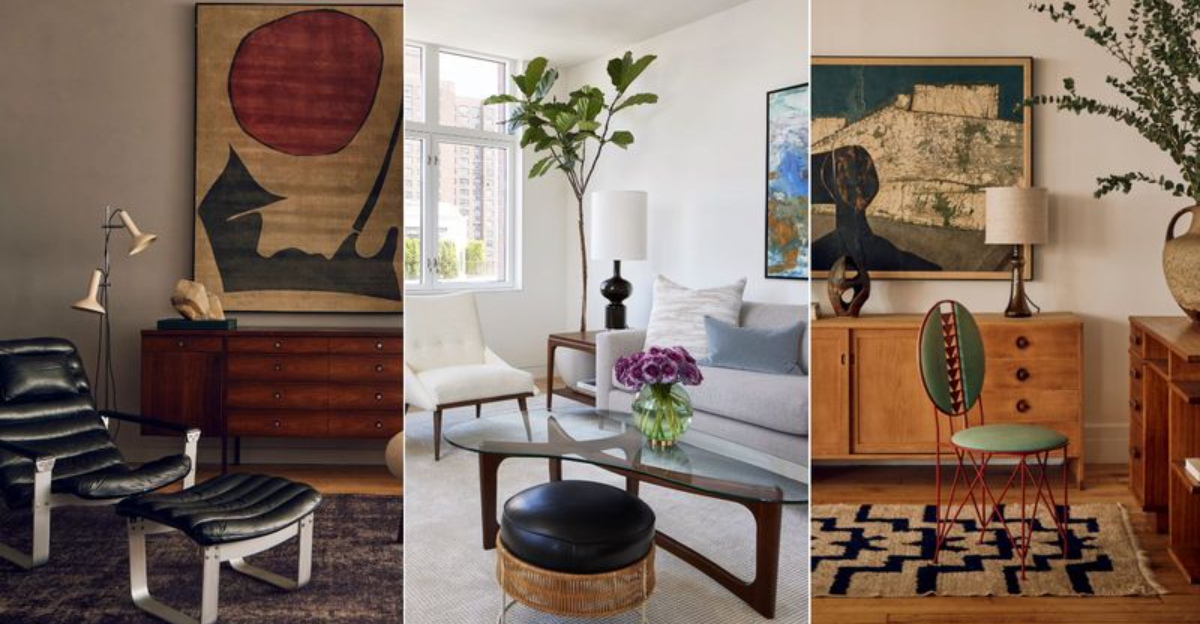
Pennsylvania has long been a treasure trove for furniture collectors, with its rich history of craftsmanship spanning centuries.
From Quaker simplicity to bold modernist statements, the Keystone State has produced some truly remarkable pieces that continue to appreciate in value.
But not everything old is gold knowing what to seek and what to skip can make all the difference in building a collection that stands the test of time.
1. Daniel Pabst Furniture

Handcrafted by German immigrant Daniel Pabst in the late 1800s, these extraordinary pieces represent American craftsmanship at its finest. The Philadelphia-based cabinetmaker created furniture that merged Renaissance Revival with his own distinctive flair.
Collectors prize Pabst pieces for their incredible detail work intricate carvings of flora and fauna that seem to bring the wood to life. His signature inlay techniques and exceptional joinery have stood the test of time.
If you spot a Pabst cabinet or desk at an estate sale, don’t hesitate! These rare finds continue to appreciate steadily, with auction prices climbing into six figures for exceptional examples. The craftsmanship simply cannot be replicated today.
2. Paul Evans Sculpted Metal

Born from the imagination of Pennsylvania’s most daring furniture artist, Paul Evans pieces stand as sculptural statements rather than mere functional objects. Working from his Bucks County studio in the 1960s and 70s, Evans transformed metal into textured landscapes that defy conventional design.
His Brutalist credenzas, with their torch-cut and welded surfaces, resemble miniature cityscapes frozen in bronze, pewter, or steel. No two pieces are identical – each bears the marks of Evans’ hands and vision.
The market for Evans’ work has exploded in recent years, with prices increasing tenfold since 2000. Design museums worldwide now showcase his pieces as prime examples of American craft innovation. Grab one if fortune smiles upon you!
3. Peter Hunt Folk Art

Whimsical and full of charm, Peter Hunt’s painted furniture brings a splash of joy to Pennsylvania collections. Though originally from Massachusetts, Hunt’s colorful peasant-inspired decorations found a devoted following among Pennsylvania collectors who appreciated his transformation of ordinary pieces into folk art treasures.
Hunt’s signature style features playful motifs – hearts, flowers, and stylized figures dancing across chair backs and cabinet doors. The bright colors and cheerful designs stand in stark contrast to more serious antiques.
What makes these pieces especially collectible is their historical context. During the post-war era, Hunt’s workshops provided a creative outlet and income for many women artists. This social significance adds depth to their decorative appeal and investment potential.
4. George Nakashima Studio
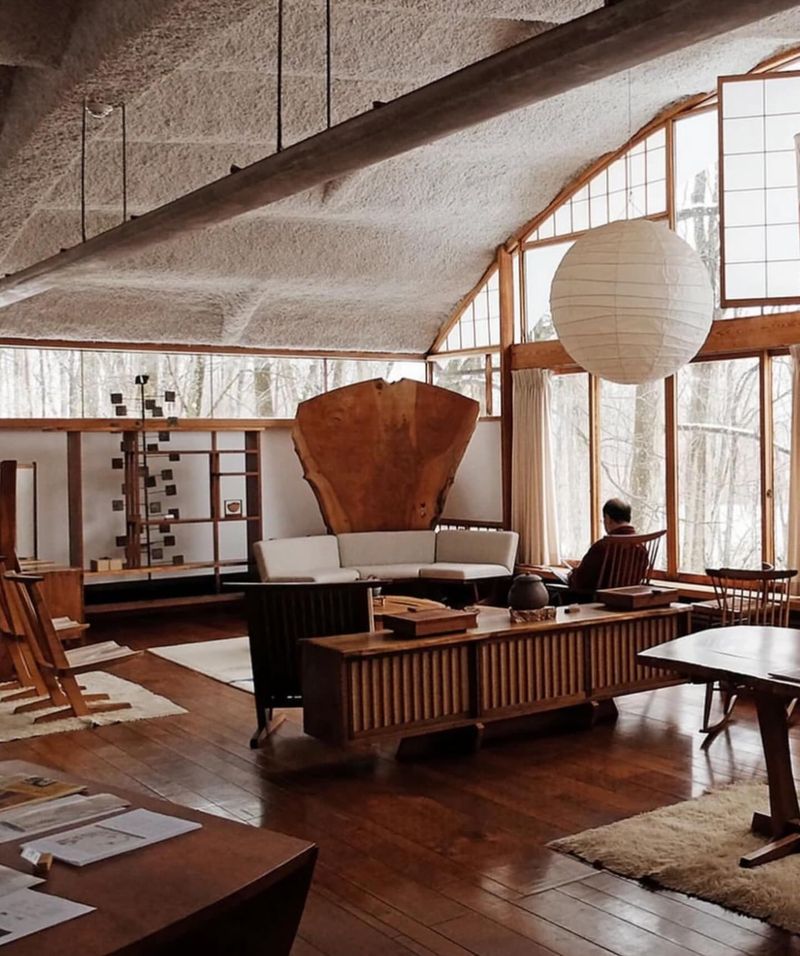
Nestled in the woods of New Hope, Pennsylvania, George Nakashima’s studio produced some of the most profound furniture of the 20th century. His philosophy of revealing the soul within each slab of wood created pieces that transcend mere function.
Nakashima’s signature live-edge tables celebrate the natural contours of the tree, with butterfly joints that both strengthen and beautify. The smooth, hand-rubbed finishes invite touch, creating an intimate connection between user and material.
Many Nakashima pieces come with provenance papers that document their creation date and materials. This documentation, combined with the studio’s continued operation under his daughter Mira, ensures these pieces remain blue-chip investments. Collectors value both vintage and contemporary works from this legendary Pennsylvania workshop.
5. Federal-Style Mahogany
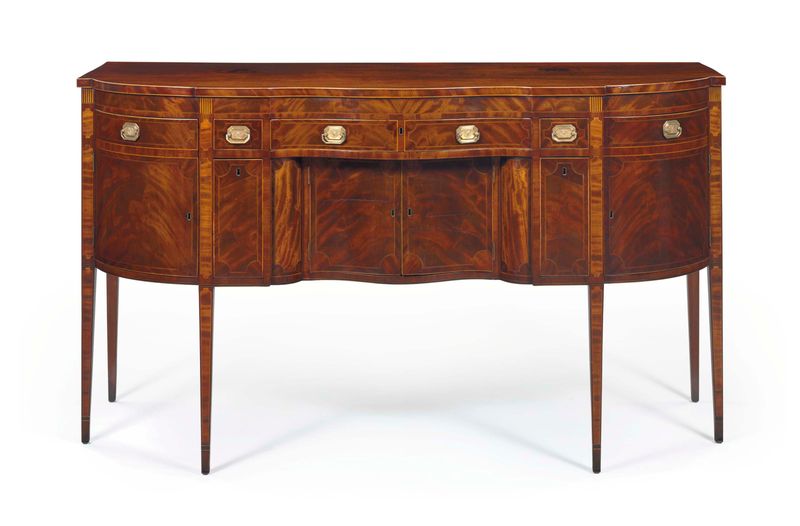
Elegant proportions and refined details define Pennsylvania’s Federal-style mahogany pieces, which flourished between 1780 and 1820. Philadelphia cabinetmakers during this period created furniture that rivaled anything produced in Europe, establishing an American aesthetic that balanced sophistication with practicality.
Look for hallmarks like shield-back chairs, inlaid bellflowers, and delicate reeding along edges. The richly figured mahogany imported from the Caribbean takes on a warm patina that deepens over centuries.
While Baltimore and Boston produced similar styles, Pennsylvania Federal pieces often feature distinctive regional touches – slightly bolder proportions and occasionally more adventurous inlays. Smart collectors focus on condition and provenance, as these factors dramatically impact value. A documented Philadelphia sideboard can command six figures at auction.
6. Shaker-Style Furniture
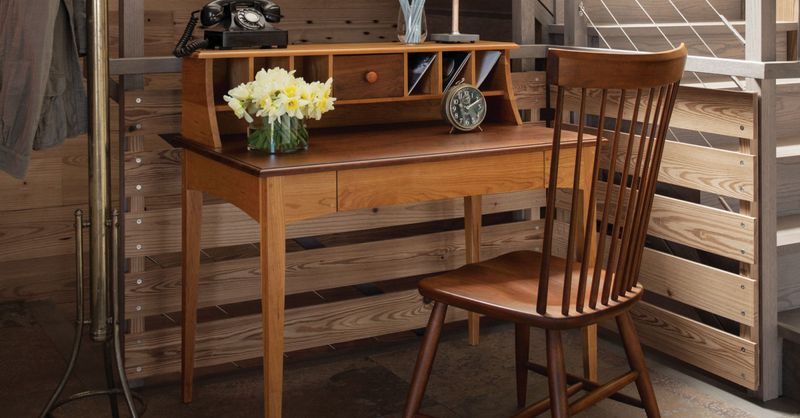
Simplicity speaks volumes in Pennsylvania Shaker furniture, where clean lines and perfect proportions create an enduring appeal that transcends trends. The Shaker communities of Pennsylvania crafted pieces focused entirely on function, yet achieved timeless beauty through their commitment to quality.
Ladder-back chairs with woven seats, peg rails that run along walls, and unadorned chests with impeccable joinery exemplify this honest approach to design. The absence of ornament draws attention to the quality of materials and construction.
Modern collectors appreciate how these minimalist antiques blend seamlessly with contemporary interiors. Unlike more ornate styles that can feel dated, Shaker pieces feel perpetually fresh. Their influence on modern design makes them particularly attractive to younger collectors just beginning to invest in quality furniture.
7. Arts and Crafts Movement
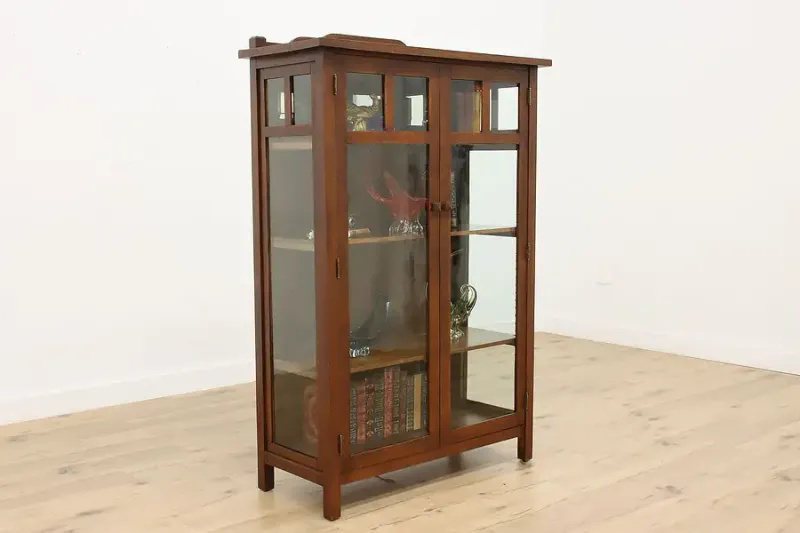
Honest craftsmanship and natural materials define Pennsylvania’s contribution to the Arts and Crafts movement. Around the turn of the 20th century, workshops throughout the state embraced this reaction against mass production, creating furniture that celebrated visible joinery and the beauty of quarter-sawn oak.
Gustav Stickley’s influence looms large, but Pennsylvania craftsmen like Charles Rohlfs developed their own distinctive interpretations. Their pieces feature exposed tenons, hammered copper hardware, and leather upholstery that has developed a gorgeous patina over time.
Mission-style bookcases, with their sturdy construction and straightforward design, remain particularly sought-after. These pieces connect with contemporary values around sustainability and authenticity. Their robust construction ensures they’ll serve another century of use while continuing to appreciate in value.
8. Mass-Produced Mid-Century Reproductions (Leave Behind)

Factory-made knockoffs of iconic designs flood today’s marketplace, tempting buyers with their familiar silhouettes and budget-friendly price tags. Unfortunately, these mass-produced mid-century reproductions lack the quality and investment potential of authentic pieces.
Made with veneers over particleboard rather than solid woods, these reproductions often feature inferior joinery that fails within years rather than decades. The proportions frequently miss the mark slightly – backs too low, legs too thick – betraying their inauthentic origins.
Even worse, many carry misleading labels or ambiguous descriptions designed to confuse buyers. While they might temporarily fill a decorative need, these pieces depreciate immediately and continue losing value. Your money is better invested in one authentic piece than several reproductions that won’t stand the test of time.
9. Overly Ornate Victorian (Leave Behind)

Dripping with carved details and covered in dark finishes, overly ornate Victorian furniture once dominated Pennsylvania homes. Today, these massive pieces present significant challenges for collectors and homeowners alike.
Maintenance becomes a nightmare – each carved grape cluster and acanthus leaf collects dust in hard-to-clean crevices. The dark woods and heavy proportions overwhelm contemporary spaces, making rooms feel smaller and darker than they actually are.
Market trends clearly show declining interest in these pieces. Auction prices have plummeted, with many elaborate Victorian sideboards and bedroom sets selling for a fraction of their reproduction cost. Unless the piece has exceptional provenance or represents a particularly fine example of a known maker’s work, Pennsylvania collectors recommend leaving these behind. Their revival seems unlikely in our lifetime.
10. Damaged or Poorly Restored (Leave Behind)
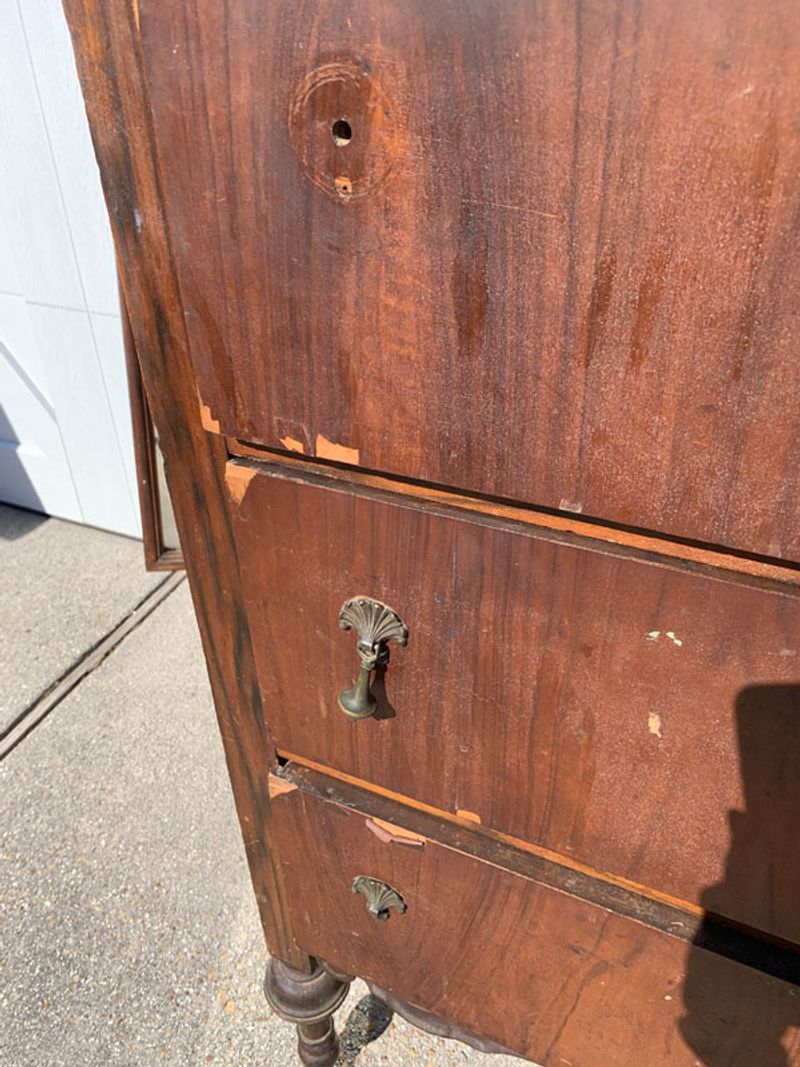
Veneer bubbling along edges, replaced hardware that doesn’t match the period, and amateur refinishing jobs are immediate red flags for serious Pennsylvania collectors. These issues significantly diminish both aesthetic appeal and investment potential.
Professional restoration costs have skyrocketed in recent years, often exceeding the value of the piece itself. What might seem like a simple fix – regluing a loose joint or touching up a water ring – can quickly become a financial sinkhole requiring specialized expertise.
Water damage presents particular challenges, as it often causes hidden structural issues that may not become apparent until months after purchase. Unless you’re specifically looking for a restoration project as a hobby, Pennsylvania’s experienced collectors unanimously advise walking away from damaged pieces. The market offers plenty of well-preserved alternatives worth your investment.
11. Faux Antique Furniture (Leave Behind)
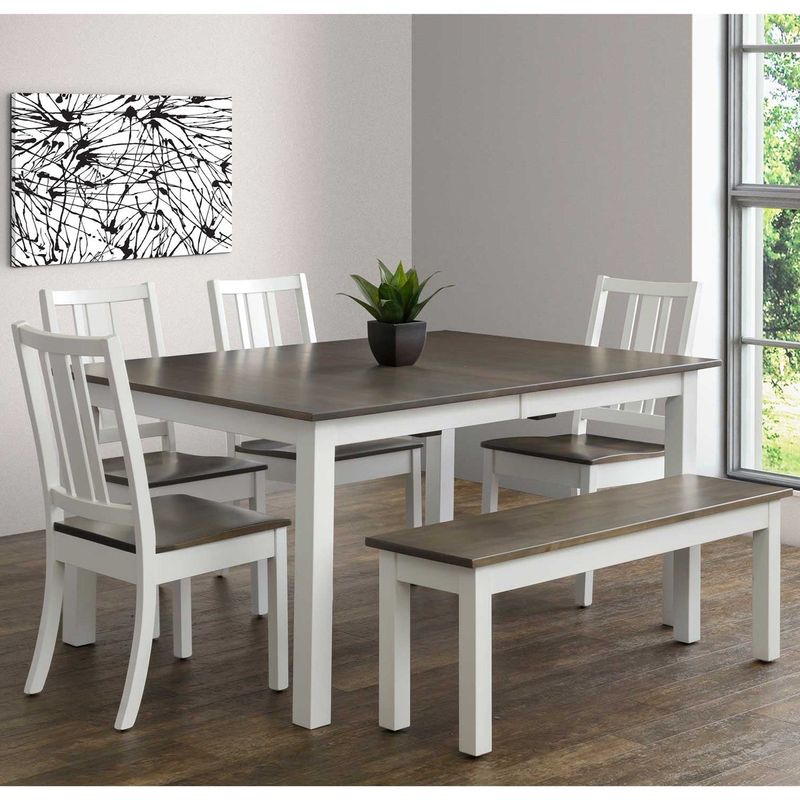
Artificially distressed to mimic centuries of use, faux antique furniture has flooded Pennsylvania’s market in recent decades. These manufactured pieces employ various tricks to appear genuinely old – from tea-stained finishes to deliberately worn edges and fake wormholes.
Spotting these frauds requires careful examination. Machine-made dovetails with perfectly identical spacing, uniform “distressing” that doesn’t match natural wear patterns, and secondary woods that don’t match the period being imitated are common giveaways.
Unlike genuine antiques that generally maintain or increase in value, these reproductions depreciate rapidly. Many contain modern composite materials hidden beneath their antiqued veneers, leading to premature failure. Experienced collectors advise investing in authentic pieces with genuine patina and provenance rather than these manufactured imposters with no historical significance.
12. Overly Themed Furniture (Leave Behind)
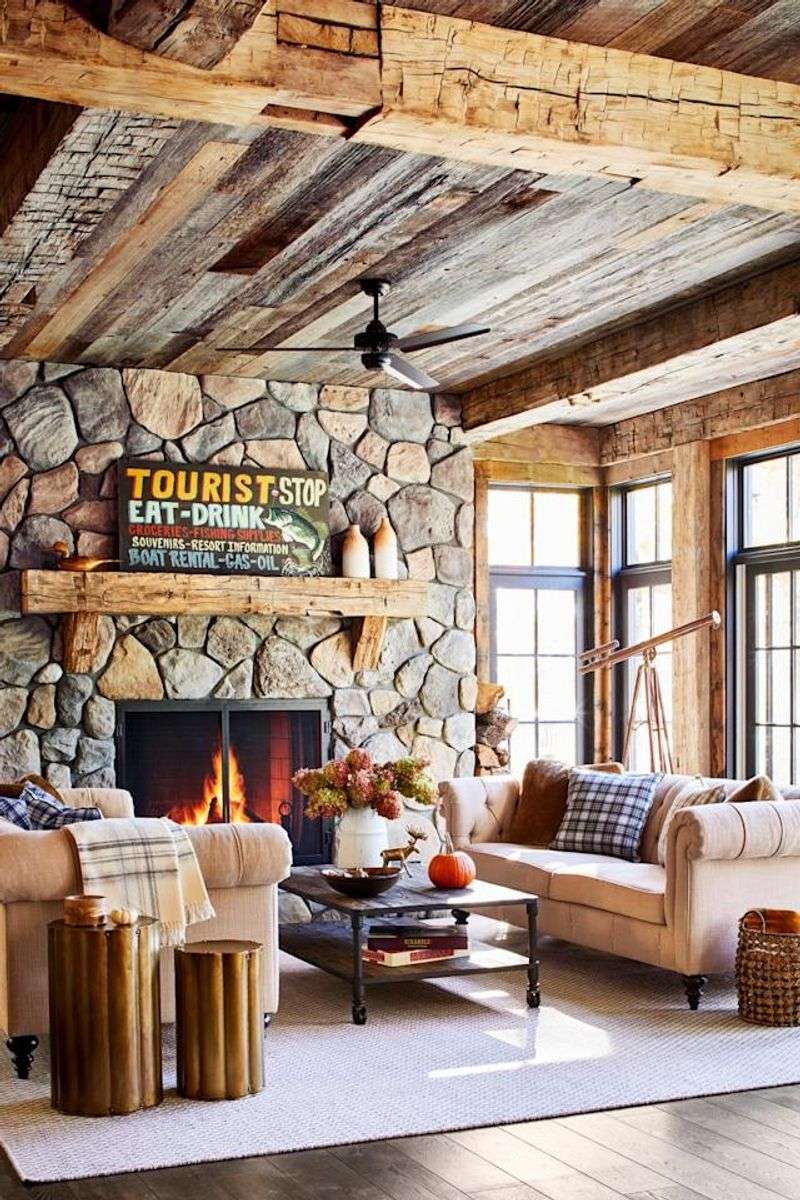
Nautical-themed dressers with rope pulls and anchor motifs, rustic pieces covered in artificial barnwood, and furniture shaped like sports equipment represent trendy themes that quickly fall from fashion. Pennsylvania collectors consistently warn against these short-lived novelties.
While momentarily amusing, these pieces rapidly become dated as design trends evolve. Their specific themes severely limit versatility and make them difficult to incorporate when your decorating preferences inevitably change.
Resale values plummet once the trend passes, leaving owners with pieces that neither function as quality furniture nor hold value as collectibles. Instead, Pennsylvania’s savvy collectors recommend investing in classically designed pieces with clean lines and quality construction. If you crave thematic elements, incorporate them through easily changeable accessories rather than furniture that will become tomorrow’s white elephant.
13. Furniture with No Provenance (Leave Behind)
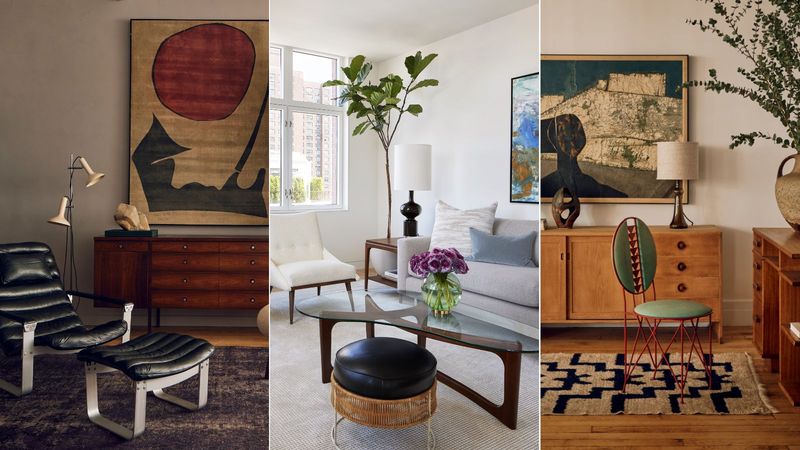
Mystery pieces with unclear origins present significant risks for serious Pennsylvania collectors. Without documentation of age, maker, or history, determining authenticity and appropriate value becomes nearly impossible.
Reputable dealers provide provenance information previous ownership history, approximate date of manufacture, and regional origin at minimum. Absence of this information often signals potential problems or deliberate obfuscation of a piece’s true nature.
Auction houses increasingly demand provenance before accepting quality pieces for sale. Without this documentation, even genuinely valuable antiques may sell far below their potential value. Pennsylvania’s experienced collectors recommend building relationships with knowledgeable dealers who stand behind their merchandise with clear documentation. Though undocumented pieces occasionally represent hidden treasures, they more frequently lead to disappointing discoveries about actual age and authenticity.

